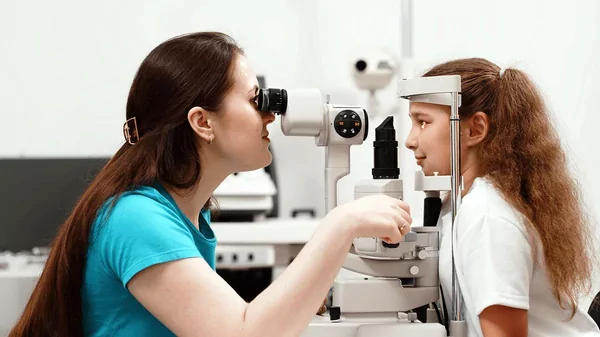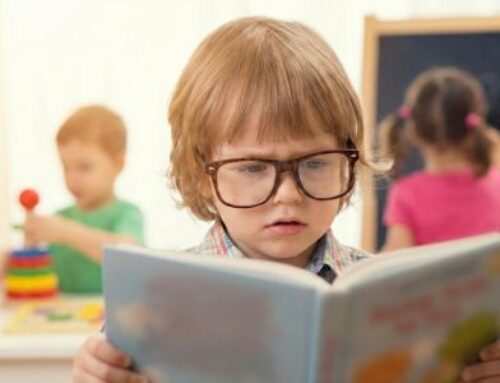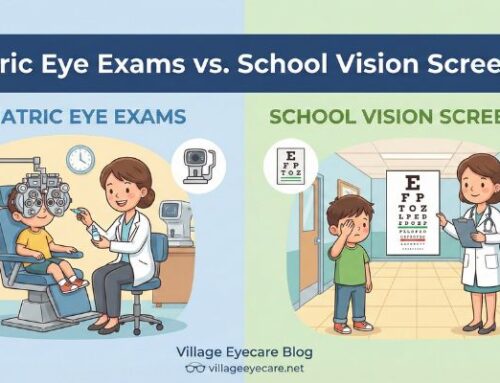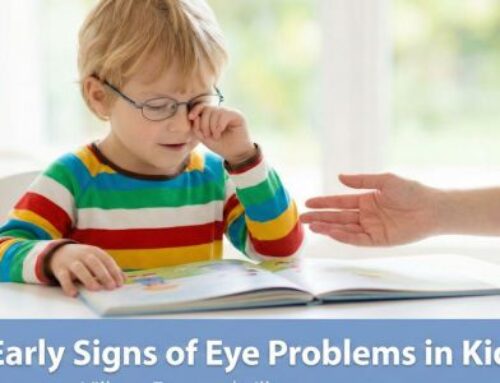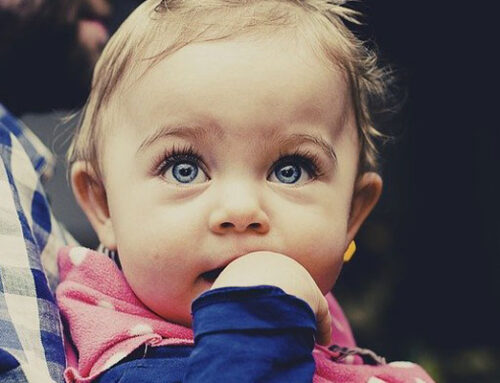How to Know If It’s Time for Your Child’s First Eye Check-Up?
As a parent, you want the very best for your child’s health — and that includes their vision. But many parents wonder: When should my child have their first eye exam? Vision plays a vital role in early development, from learning to walk to reading their first book.
Catching vision problems early can make a big difference in your child’s growth and confidence.
In this blog, we’ll explore the signs your child might be ready, what to expect, and how to make their first eye exam a positive experience.
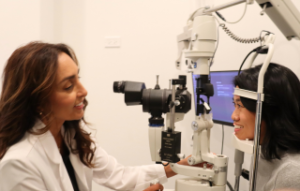
When Should a Child Have Their First Eye Exam?
According to the American Optometric Association (AOA), children should have their first eye exam at 6 to 12 months of age — even if there are no visible vision issues. Early exams help detect conditions like:
- Lazy eye (amblyopia)
- Crossed eyes (strabismus)
- Significant refractive errors (nearsightedness, farsightedness, astigmatism)
Follow-up exams are recommended at age 3 and again before starting school (around age 5 or 6).
Signs Your Child May Need an Eye Exam Sooner
Even if your child isn’t speaking yet, they may show signs of vision problems. Schedule an exam if you notice:
- Squinting or covering one eye
- Excessive tearing or blinking
- Frequent eye rubbing
- Trouble tracking objects or maintaining eye contact
- Complaints of headaches or tired eyes (in older children)
If your child has a family history of eye issues, it’s also a good idea to be proactive about their first eye exam.
What Happens During a First Eye Exam?
A child’s first eye exam is simple, non-invasive, and designed to be stress-free. Pediatric eye exams are tailored to your child’s age and may include:
- Checking pupil response to light
- Assessing how the eyes move and focus
- Looking at eye alignment
- Examining eye structures with a lighted instrument
- Vision testing using shapes or picture charts
For infants, the exam is more observational — but still incredibly effective in identifying early issues.
How to Prepare Your Child?
Helping your child feel at ease can make the first eye exam a smooth experience. Here’s how to prepare:
- Talk it through: Use simple words to explain what will happen. (e.g., “The doctor will shine a light and look at your eyes.”)
- Play pretend: Practice at home using a toy flashlight or mirror.
- Bring comfort: Let your child bring a favorite toy or blanket to the appointment.
- Pick the right time: Choose a time of day when your child is well-rested and fed.
Why Early Eye Exams Matter?
Undiagnosed vision problems can interfere with your child’s learning, motor skills, and overall development. A child may not know their vision is blurry because it’s all they’ve ever known. That’s why a first eye exam is so important — it ensures their vision is on track and supports healthy growth from the start.
Final Thoughts
Your child’s first eye exam is more than a checkup — it’s a step toward giving them the best start in life. Healthy vision helps children explore the world, succeed in school, and build confidence in every part of their lives.
If your child is due (or overdue) for their first eye exam, don’t wait. Book an appointment with a pediatric optometrist or ophthalmologist today and take the first step toward lifelong eye health.



